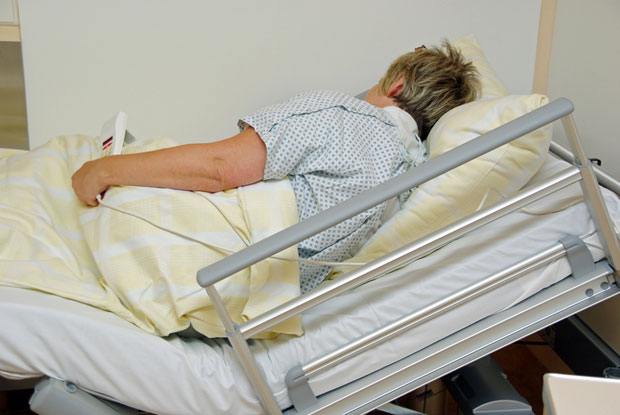 Recent research conducted by the University of Southern Denmark has turned much of the established thinking about chronic lower back pain on its head. Over a period of ten years the Danish team have studied tissue collected from sufferers and found that nearly half of the samples were infected, most often by Propionibacterium acnes more generally known as the cause of acne.
Recent research conducted by the University of Southern Denmark has turned much of the established thinking about chronic lower back pain on its head. Over a period of ten years the Danish team have studied tissue collected from sufferers and found that nearly half of the samples were infected, most often by Propionibacterium acnes more generally known as the cause of acne.
When a vertebral disc prolapses or ‘slips’ the body attempts to repair the damage by growing tiny blood vessels into the disc itself. Rather than helping, this actually allows the offending bacteria, which usually enters the bloodstream as a consequence of people brushing their teeth, to infiltrate the disc resulting in painful inflammation and damage.
Around £480 million is spent in the UK each year conducting surgery on the human spine, the largest part of this treatment is in tackling back pain. Prolapsed vertebral discs pressing against the spinal cord are often simply cut off to reduce or remove the pressure and, therefore, the pain. However, in light of the new research, many patients will be able to avoid surgery and simply take a 100-day course of antibiotics. The researchers found that in as many as 80% of cases where damaged vertebrae had been identified and pain suffered for a period greater than six months, it was alleviated by antibiotics.
Peter Hamlyn of University College London Hospital commented, ‘We are talking about probably half of all spinal surgery for back pain being replaced by taking antibiotics. It may be that we can save £250 million from the NHS budget by doing away with unnecessary operations. The price of the antibiotic treatment is only £114. It is spectacularly different to surgery.’
Of course, over-use of antibiotics is currently of significant concern to the health services as antibiotic-resistant bacteria present ever-greater problems and challenges to the successful treatment of infections. Further research is needed to ensure that drugs are targeted effectively, the number of patients responding grows and the duration of suffering reduced. Dr Hanne Albert, one of the researchers, pointed out that currently many patients were treated with ineffective surgery instead of the drug treatment that could effectively address their condition.

 Home
Home